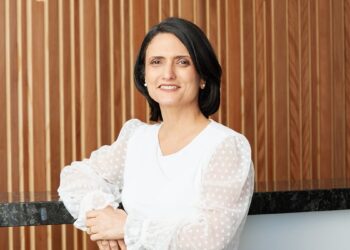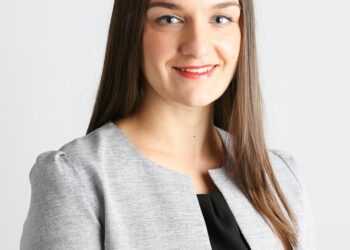Graeme Colley, executive manager, SMSF technical & private wealth, said SMSFs offer more flexibility in regard to investment than many realise and one of those flexibilities lies in unit trust investments.
However, there are some limitations depending on circumstances and situations.
“In some situations, an SMSF can invest in a unit trust without any restrictions, but limits may apply in other cases,” he said.
Mr Colley explained that unit trusts are established under a trust deed that sets out the rights and obligations of the trustee, beneficiaries, and anyone who transacts with the trust.
The trust will usually issue units to the beneficiaries, such as the super fund, at a cost so that the amount received from the sale of units can be invested as permitted under the terms of the trust deed. Any income earned by the trust can be distributed to the beneficiaries, such as the super fund.
“The amount an SMSF can invest in the unit trust depends on a number of factors, such as the proportion of the units that are held in the unit trust, including any units held by related parties,” he said.
The majority of control is held by related parties including members and trustees of the fund, their relatives and companies and trust.
However, in this situation, there is a limit to the amount the fund can invest in or loan to the trust, Mr Colley said.
“This situation is referred to as the in-house asset test.”
That limitation applies where the fund and related parties hold greater than 50 per cent of the units in the unit trust in total or can control the appointment and removal of trustees or are able to effectively control the trust. In essence, it restricts the fund from investing more than five per cent of the total value of its investments and loan in all in-house assets.
Mr Colley gives the example of the Mitchell Family Superannuation Fund (Mitchell Fund) which purchased 3000 units in the Mitch and Family Unit Trust, valued at $9,000 and total a third of the trust’s units.
Dan Mitchell, who is a member of the fund, has also purchased 3000 units in the Unit Trust, which are also a third of the trust’s units. The other 3,000 units in the trust are owned by an unrelated third party.
The Mitchell Fund and Dan Mitchell now own two-thirds of the trust units and effectively control it.
“The units owned by the Mitchell Fund are in-house assets, and the trustees must ensure that the fund’s total in-house assets do not exceed five per cent of the fund investments at market value,” Mr Colley said.
There are exceptions to this in-house test, he said, called ungeared unit trusts, that will allow an SMSF to acquire all of the units in a unit trust – but it must comply with very stringent rules at all times.
One of those is that the unit trust that meets the exceptions cannot have any gearing, such as borrowing or mortgaging any of its investments or making any investments in other entities apart from having a bank account.
The advantage of this is that the fund or other parties can buy and sell units without being caught under the in-house asset rules.
“These unit trusts are called 13.22C unit trusts, and it is worthwhile to seek specialist professional advice before the fund purchasing units in the trust because of the complex rules that apply,” Mr Colley said.
Mr Colley said an example of this is if a family fund owns all of the units in a unit trust which has a factory and that is then leased back to the family company at commercial rates.
It must meet all the requirements of the super legislation for ungeared unit trusts which will then mean the fund’s investment in the unit trust will not be included in the value of its in-house assets.
There is a way in which funds and related parties can invest up to 50 per cent of the units in a unit trust with few restrictions: uncontrolled unit trusts, wherein the unit trust is not considered to be controlled for super purposes and allows some flexibility as well as letting the unit trust borrow and invest in other entities, subject to the fund’s trust deed.
“The main issue is that the unit trust is required to have unrelated third-party unit holders, which may place some limitations and controls over the operation of the unit trust,” Mr Colley said.



Whether it’s a 50/50 unit trust or 1/3 each or some other combination of SMSF investments in a property trust with their mates, please oh please, ensure they are absolutely clear that a valuation of market value of the underlying investments must be done every 30 June.
That is so often left out of the initial compliance advice conversation, then accountants and their staff must bear the brunt of the whinging and complaining when you ask for this information.
It becomes intolerable when there are multiple SMSF investors, using different accountants and auditors, where the comeback is “but their accountant/auditor didn’t make them get a market value”!
The days of letting market value of unlisted investments slide are gone. Ask the SMSF auditors who have been either sued or struck off by ASIC.
We all need to be on the same page about SIS Reg 8.02B and valuing investments annually as is the requirement.
Don’t be shy about giving unlisted trust managers and promoters of these investments a serve about this either. If they don’t want to play the market value game, then don’t take money from SMSF investors, it’s that simple!